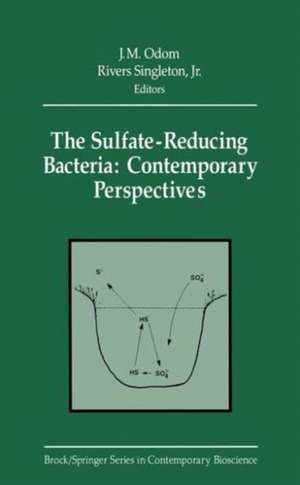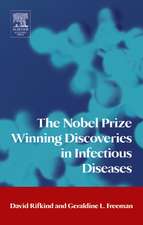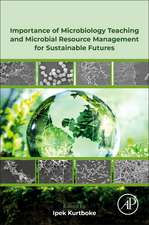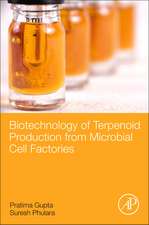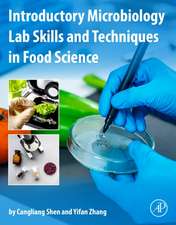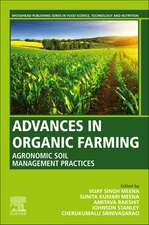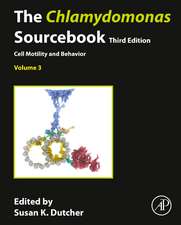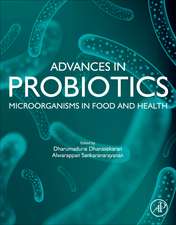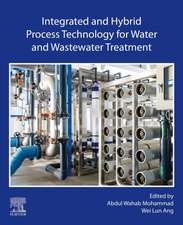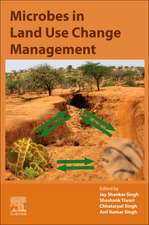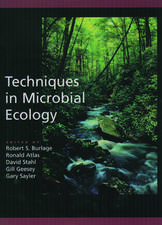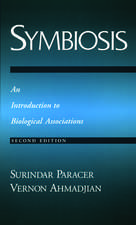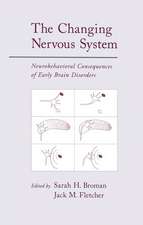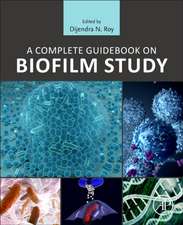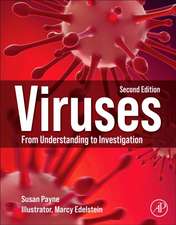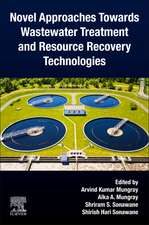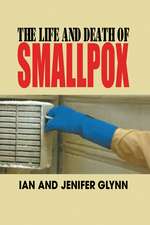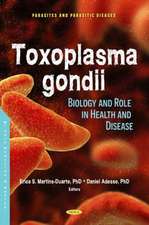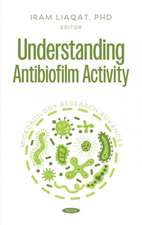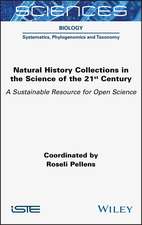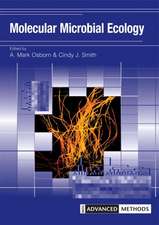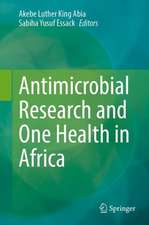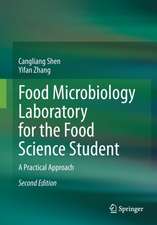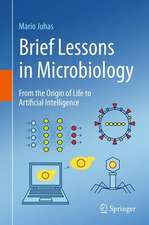The Sulfate-Reducing Bacteria: Contemporary Perspectives: Brock Springer Series in Contemporary Bioscience
Editat de J.M. Odom Cuvânt înainte de J.R. Postgate Editat de Rivers Jr. Singletonen Limba Engleză Paperback – 12 dec 2011
Preț: 641.38 lei
Preț vechi: 754.56 lei
-15% Nou
Puncte Express: 962
Preț estimativ în valută:
122.74€ • 127.42$ • 102.35£
122.74€ • 127.42$ • 102.35£
Carte tipărită la comandă
Livrare economică 24 martie-07 aprilie
Preluare comenzi: 021 569.72.76
Specificații
ISBN-13: 9781461392651
ISBN-10: 1461392659
Pagini: 316
Ilustrații: XXI, 289 p.
Dimensiuni: 155 x 235 x 17 mm
Greutate: 0.45 kg
Ediția:Softcover reprint of the original 1st ed. 1993
Editura: Springer
Colecția Springer
Seria Brock Springer Series in Contemporary Bioscience
Locul publicării:New York, NY, United States
ISBN-10: 1461392659
Pagini: 316
Ilustrații: XXI, 289 p.
Dimensiuni: 155 x 235 x 17 mm
Greutate: 0.45 kg
Ediția:Softcover reprint of the original 1st ed. 1993
Editura: Springer
Colecția Springer
Seria Brock Springer Series in Contemporary Bioscience
Locul publicării:New York, NY, United States
Public țintă
ResearchCuprins
1 The Sulfate-Reducing Bacteria: An Overview.- 1.1 Introduction.- 1.2 Metabolic Considerations.- 1.3 Laboratory Manipulations of Sulfate-Reducing Bacteria.- 1.4 Taxonomic Considerations.- 1.5 Importance of Sulfate-Reducing Bacteria.- 1.6 Summary.- 2 Carbon Metabolism of Sulfate-Reducing Bacteria.- 2.1 Introduction.- 2.2 Energy Substrates of Sulfate-Reducing Bacteria.- 2.3 Degradation of Various Organic Compounds in the Presence of Sulfate.- 2.4 Fermentative Capacities of Sulfate-Reducing Bacteria.- 2.5 Storage Polymers.- 2.6 Some Aspects of Carbon Assimilation.- 2.7 Summary and Concluding Remarks.- 3 Bioenergetic Strategies of the Sulfate-Reducing Bacteria.- 3.1 Introduction.- 3.2 General Bioenergetic Considerations.- 3.3 Unique Biochemical and Physiological Aspects of the Sulfate-Reducing Bacteria.- 3.4 Enzymes and Proteins Involved in Respiratory Sulfate Reduction.- 3.5 Hydrogen Utilization.- 3.6 Fermentation of Inorganic Sulfur Compounds.- 3.7 Hydrogen Production by Sulfate-Reducing Bacteria.- 3.8 Intracellular H2 Transfer or H2 Cycling.- 3.9 Conclusions.- 4 Genetics of the Sulfate-Reducing Bacteria.- 4.1 Introduction.- 4.2 Considerations for Development of a Genetic System.- 4.3 Desulfovibrio Bacteriophages.- 4.4 Conjugation of Desulfovibrio.- 4.5 Electroporation of Desulfovibrio.- 4.6 Summary.- 5 Molecular Biology of the Sulfate-Reducing Bacteria.- 5.1 Introduction.- 5.2 Cloning, Sequencing, and Expression of Desulfovibrio Genes.- 5.3 Hydrogenase Genes.- 5.4 Genes for c-Type Cytochromes.- 5.5 Construction of a Gene Library for Dv. vulgaris Hildenborough for Rapid Gene Cloning and Genome Mapping.- 5.6 Genes for Cytoplasmic Electron Carriers.- 5.7 Nitrogen Fixation by Desulfovibrio.- 5.8 Summary and Future Perspectives.- 6 Phylogeny of Sulfate-Reducing Bacteria and aPerspective for Analyzing Their Natural Communities.- 6.1 Introduction.- 6.2 16S Ribosomal RNA Sequence Comparisons.- 6.3 Sulfate-Reducing Archaea.- 6.4 Phylogenetic Relationships among Sulfate-Reducing Bacteria.- 6.5 Application of 16S rRNA Sequences to Determinative and Ecological Studies.- 6.6 Summary.- 7 Ecological Actions of Sulfate-Reducing Bacteria.- 7.1 Introduction.- 7.2 Experimental Approaches to Microbial Ecology.- 7.3 Balanced Metabolic and Ecological Processes.- 7.4 Metabolic Diversity of Sulfate-Reducing Bacteria.- 7.5 Methodology.- 7.6 Substrates for SRA in situ.- 7.7 Interactions with Methane-Producing Bacteria.- 7.8 Aerobic SRA.- 7.9 Conclusion.- 8 Industrial and Environmental Activities of Sulfate-Reducing Bacteria.- 8.1 Introduction.- 8.2 Historical Perspective.- 8.3 The Oil and Gas Industry.- 8.4 Detection and Identification of Sulfate-Reducing Bacteria.- 8.5 Corrosion of Iron and Steel: Mechanisms.- 8.6 Anaerobic Corrosion and Sulfate Reducers: Commercial Cures.- 8.7 Environmental Activities: The Sulfur Cycle.- 8.8 Sulfur Cycling and Sewage Treatment.- 8.9 Anaerobic Transformations of Mercury.- 8.10 Transformation of Other Industrial Pollutants.- 8.11 Conclusions.- References.
